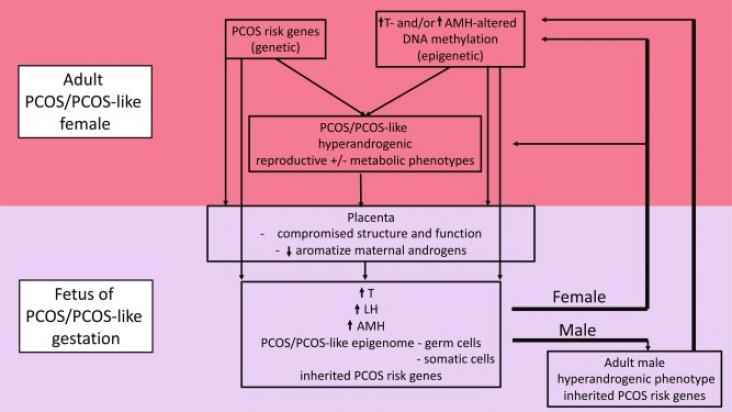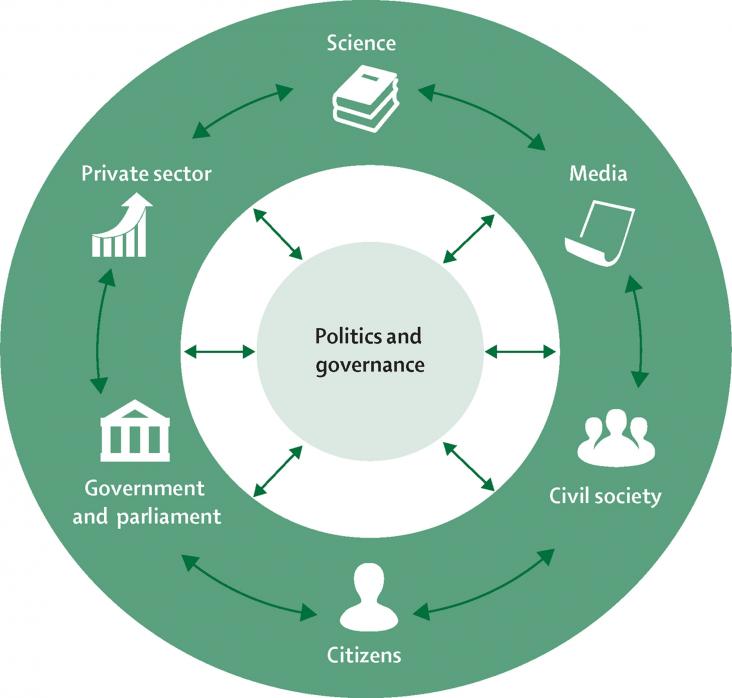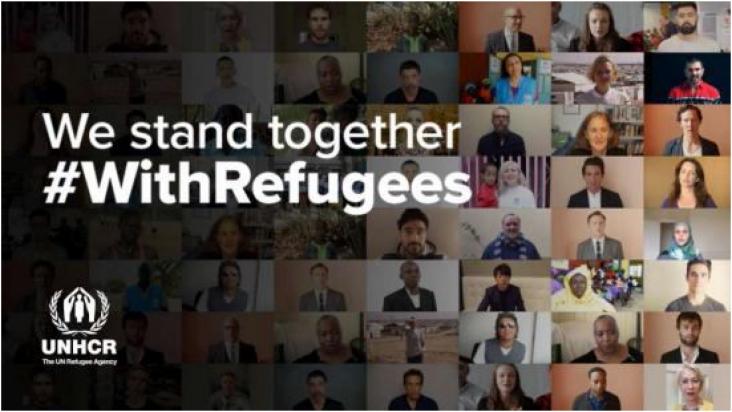The high rate of SARS-CoV-2 infection poses a serious threat to public health. Previous studies have suggested that SARS-CoV-2 can infect human ovary, the core organ of the female reproductive system. However, it remains unclear which type of ovarian cells are easily infected by SARS-CoV-2 and whether ovarian infectivity differs from puberty to menopause.
This book chapter advances SDG3 Good Health and Wellbeing and SDG 10 Reducing Inequalities by reviewing existing literature examining youth with disabilities involved in cyberbullying and/or cybervictimization.
This chapter aligns with the SDG goal 3 of good health and wellbeing by showing the use of senolytic therapies for liver disease and inflammation.
The authors' goals of this study (associated with 13 dietary patterns or scenarios) are to assess 1) to what extent current food utilization in Indonesia (2 patterns) provides for meeting health and nutrition targets and how its GHGe (greenhouse gas emissions) and water footprints compare to global targets; and 2) how alternative dietary scenarios, optimized to meet nutrient needs at the lowest possible cost (7 scenarios) or designed to be more healthy and environmentally friendly (4 scenarios), compare to current food patterns for nutrient content, agricultural contributions to climate change, and freshwater conservation, as well as cost.
Elsevier,
Polycystic Ovary Syndrome, Challenging Issues in the Modern Era of Individualized Medicine, 2022, Pages 23-38

Focuses on the evidence for PCOS pathogenesis in women and underlying molecular gateways enabling its development during hyperandrogenic gestations in animal models. Support the SDG target 3.7.1 Proportion of women of reproductive age (aged 15–49 years) who have their need for family planning satisfied with modern methods.

A Viewpoint on Europe's response to climate change, in the context of SDGs 12, 13, and 17, focusing specifically on the use of region-specific indicators to address the main challenges and opportunities of Europe's response in the context of public and planetary health.

This article examines the role of empathy for outgroup helping, collective action and political activism among youth in Northern Ireland, a setting of protracted conflict.
In this article, we pursue the automatic detection of fake news reporting on the Syrian war using machine learning and meta-learning.
Introduction: Air pollution may play an important role in the development of lung cancer in people who have never smoked, especially among East Asian women.
